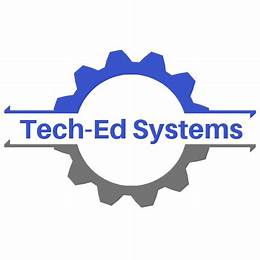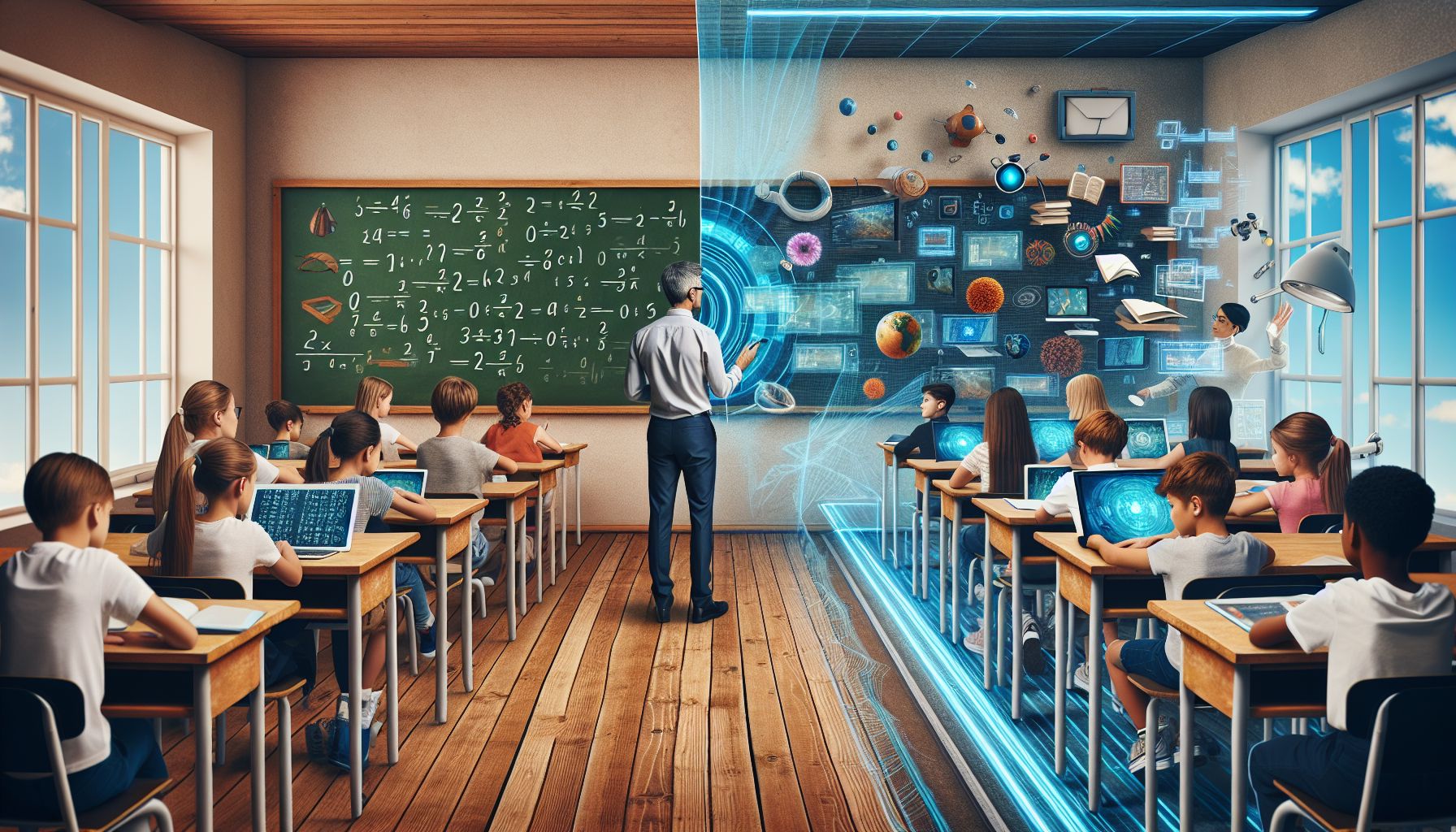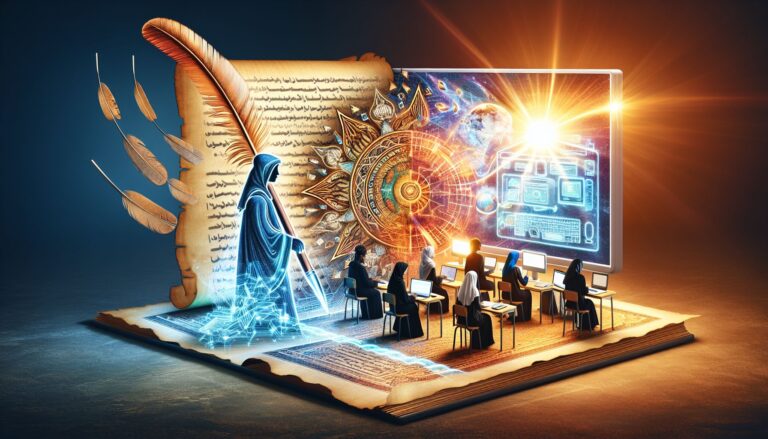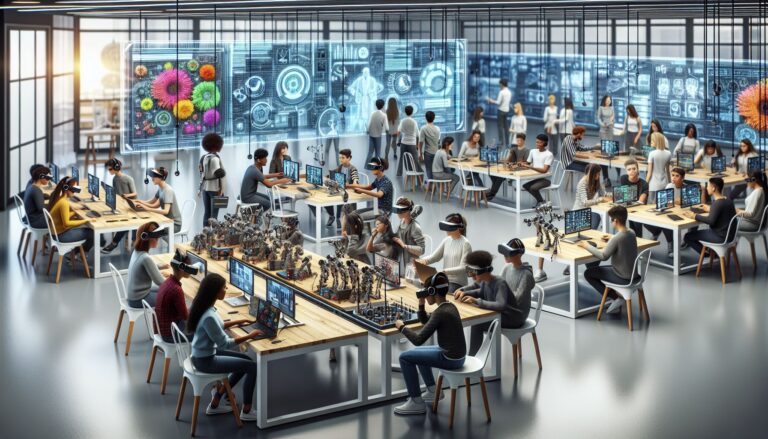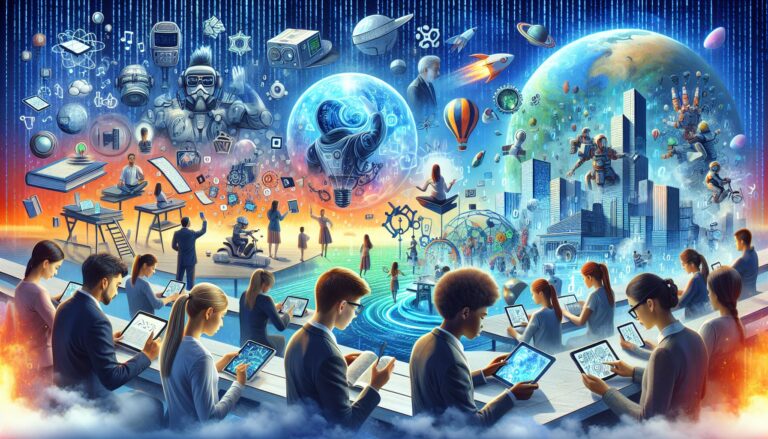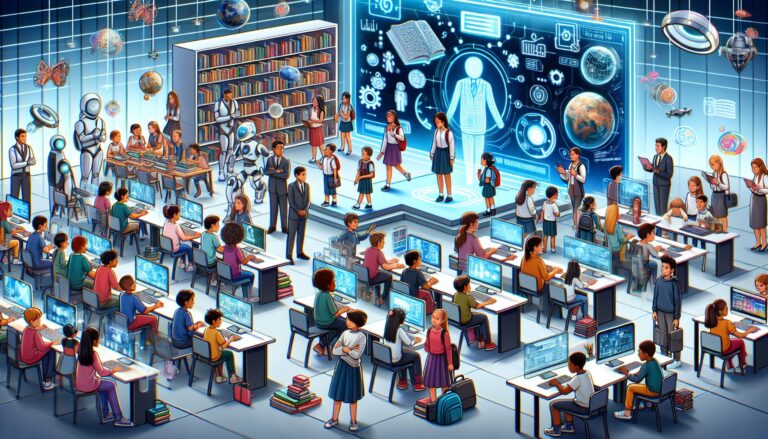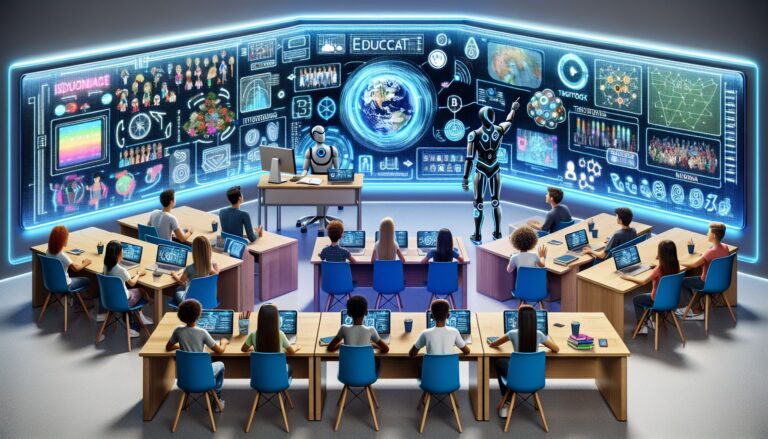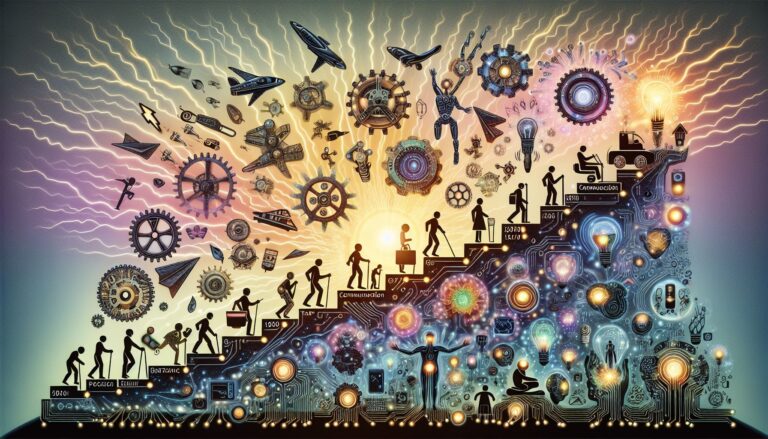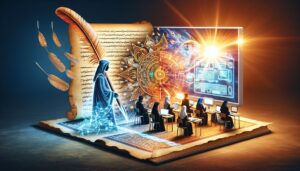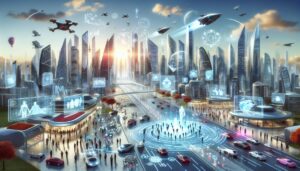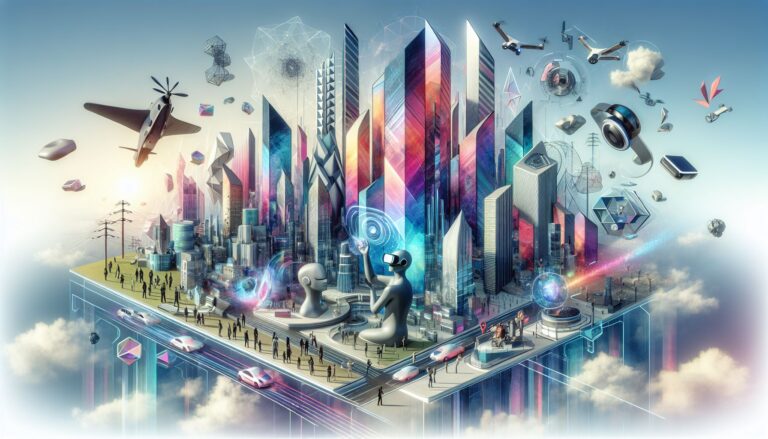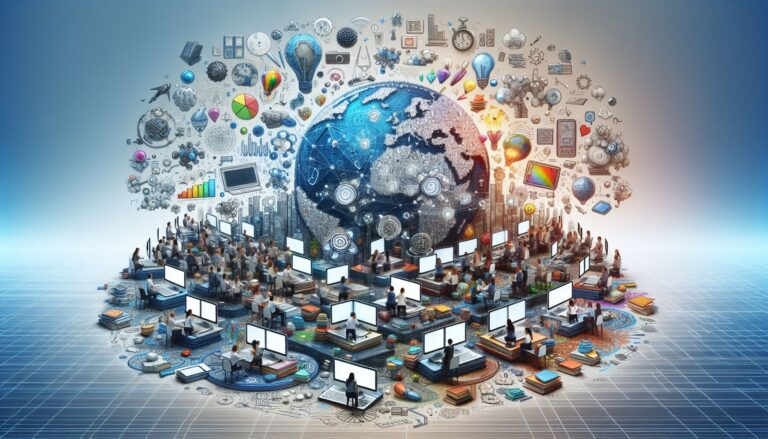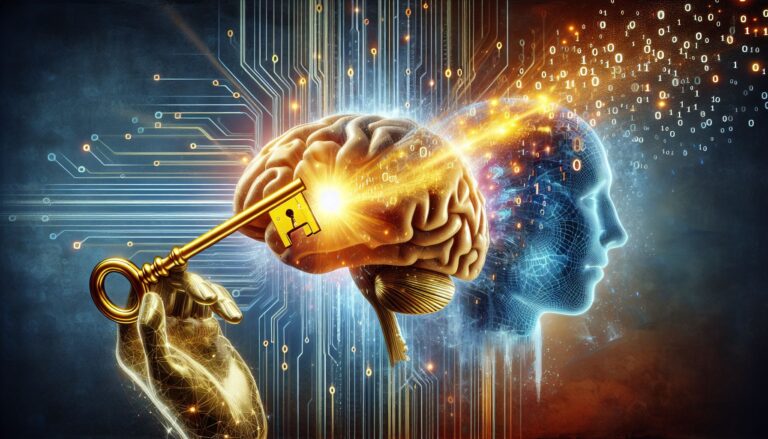In an era where technology has permeated every aspect of our lives, education stands at the threshold of a new dawn, transitioning from the age-old model of chalk and talk to a digital-centric paradigm. Educational institutions worldwide are exploring new methodologies, replacing the static one-size-fits-all approach to teaching with dynamic, personalized experiences. As these modern methodologies take root, we witness a striking transformation in how educators teach and learners absorb information.
The emergence of digital tools like smart classrooms, educational apps, and online resources has begun to redefine the foundation of education. No longer confined to physical textbooks and four-wall classrooms, learners today have access to a global repository of information. Artificial Intelligence (AI), blockchain, and the Internet of Things (IoT) are not merely buzzwords but powerful instruments reshaping the educational landscape.
AI has entered the classroom with the promise of tailored learning experiences. Adaptive learning technologies that use AI to respond to a student’s interactions are already making headway, providing personalized content that caters to individual learning paces and styles. Imagine a scenario where AI tutors provide customized feedback to students, pinpointing their weaknesses and offering targeted exercises – a technology that could complement human teachers rather than replace them.
Meanwhile, blockchain technology offers an innovative way to secure and streamline the management of educational records. This incorruptible ledger could transform how we store and share educational credentials, making it easier for employers to verify qualifications and for learners to carry their achievements anywhere effortlessly.
The IoT, on the other hand, is quietly transforming school operations and learning environments. Sensors can track attendance, monitor classroom climates, and even help in making the school more energy-efficient. The interconnectedness of devices promotes an environment where learning can continue seamlessly outside the four walls of the classroom – creating opportunities for experiential learning that extends to the real world.
Amidst these technological strides, challenges persist. The digital divide remains a harsh reality, with access to technology still varying widely across different socioeconomic groups and regions. Furthermore, the teacher-student interaction, a cornerstone of effective education, must evolve as digital tools become more prevalent. The need for teachers to become facilitators and guides in a technology-heavy landscape is more critical than ever.
Online learning, which experienced exponential growth due to the COVID-19 pandemic, highlighted both the possibilities and limitations of technology-mediated education. While it has made education more accessible, it also underscored the importance of social interactions and the need for a balanced approach towards digital and traditional learning techniques.
As we look to the future, the potential for further revolutionary changes is immense. We may envision a world where learning is entirely personalized, augmented reality replaces physical field trips, and students from across the globe collaborate in virtual classrooms. There is the possibility of lifelong learning platforms that blend work and education, adapting to the learners’ needs as they progress through different stages of life.
The shifts in educational paradigms are not mere leaps in technology but a fundamental rethinking of how education is delivered. As we traverse this brave new world of learning, the role of educators as mentors and motivators will remain at the heart of the educational experience, with technology serving as a powerful ally in the quest for knowledge. The promise of a future that merges the best of human intelligence with the precision of machines is an exciting prospect, one that holds the potential to elevate education to unprecedented heights.
